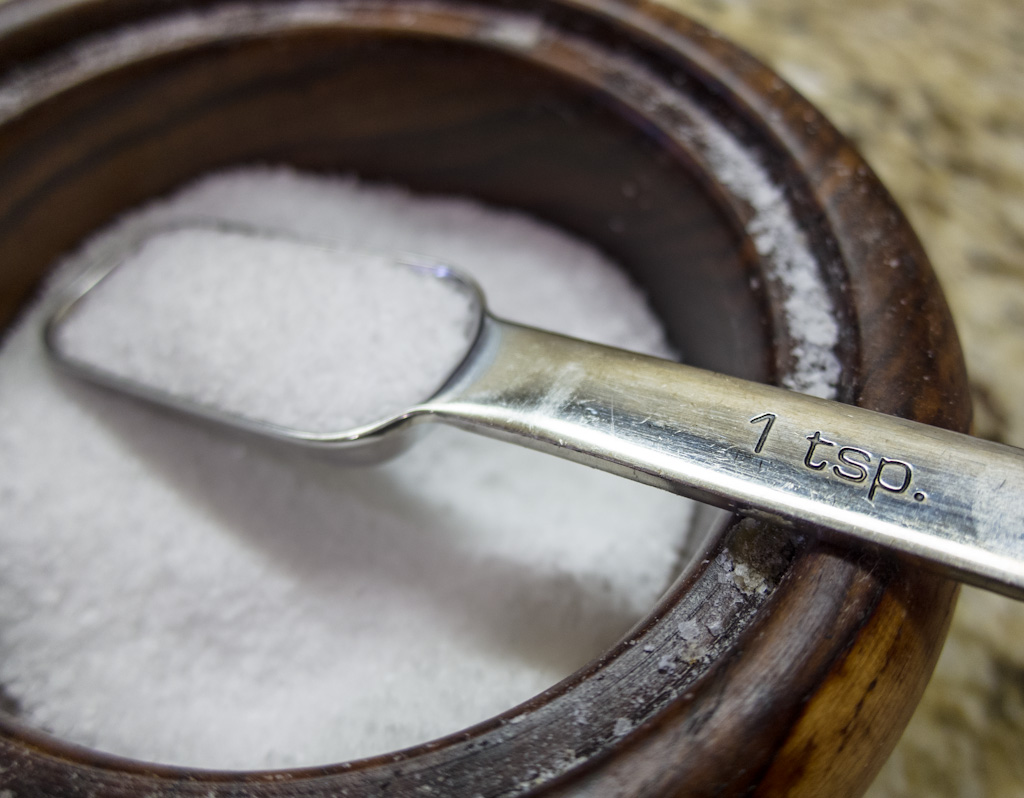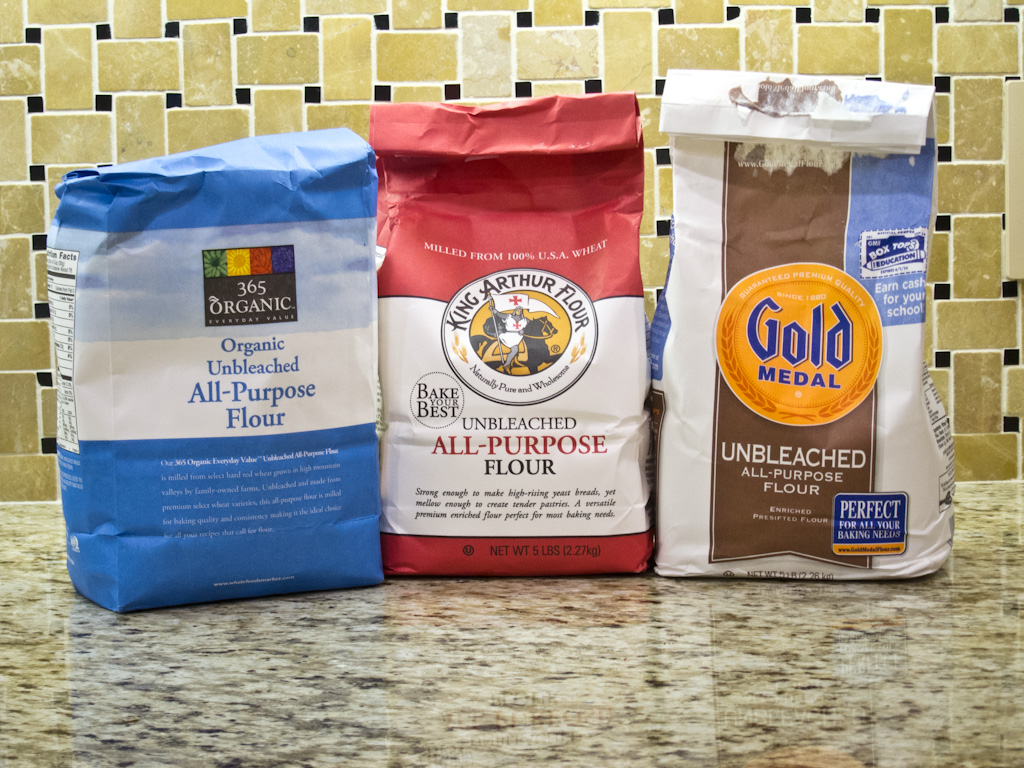It’s been almost a year since I started my 100 Loaves of Bread project, and here it is: Loaf 100! I’m going to do a separate post with an overview of the entire project; in this post I want to pull everything together that I’ve learned about making my typical Lean loaf. The...
Yeast Wars: Active D...
posted by carl
My recipes have all called for Instant Dry yeast, and warned that if you used Active Dry yeast instead you should up the amount by about 25%. My SFBI class instructor also added that Active Dry yeast has quite a few dead yeast cells in it, and they sluff off other things (I forget what) that...
Lesson: It’s t...
posted by carl
When is 1 tsp. not one teaspoon? When it’s salt. I’ve quickly become a convert in using weights (and metric weights in particular!) for measuring ingredients. This was reinforced in my first week when I learned that one cup of flour could have a weight variance of 25 to 50%,...
Loaves 24 thru 26 &#...
posted by carl
In Sunday’s San Francisco Baking Institute class we made olive sourdough, rye and semolina loaves. Like Saturday, I made fifteen loaves of bread but am only counting it as three. We had measured all our dry ingredients out on Saturday afternoon, so we were able to jump right into...
Loaves 21 thru 23 &#...
posted by carl
San Francisco Baking Institute – Day 1 The San Francisco Baking Institute (www.sfbi.com) is a professional baking school. In addition to their full our professional courses, they offer week long and weekend long classes for those of us not quite ready to get a degree in baking. I signed up...
Loaves 17 – Sc...
posted by carl
As the first step in my new Scientific Method for Learning How to Bake Great Bread (there is no acronym for this), I’m comparing the three flours that I’ve been using – Whole Foods Organic, King Arthur, and Gold Medal. I made three versions of 1/3 size batches of the French...






